Ken Burns’ New Country Music Documentary Is Epic, A Must-See
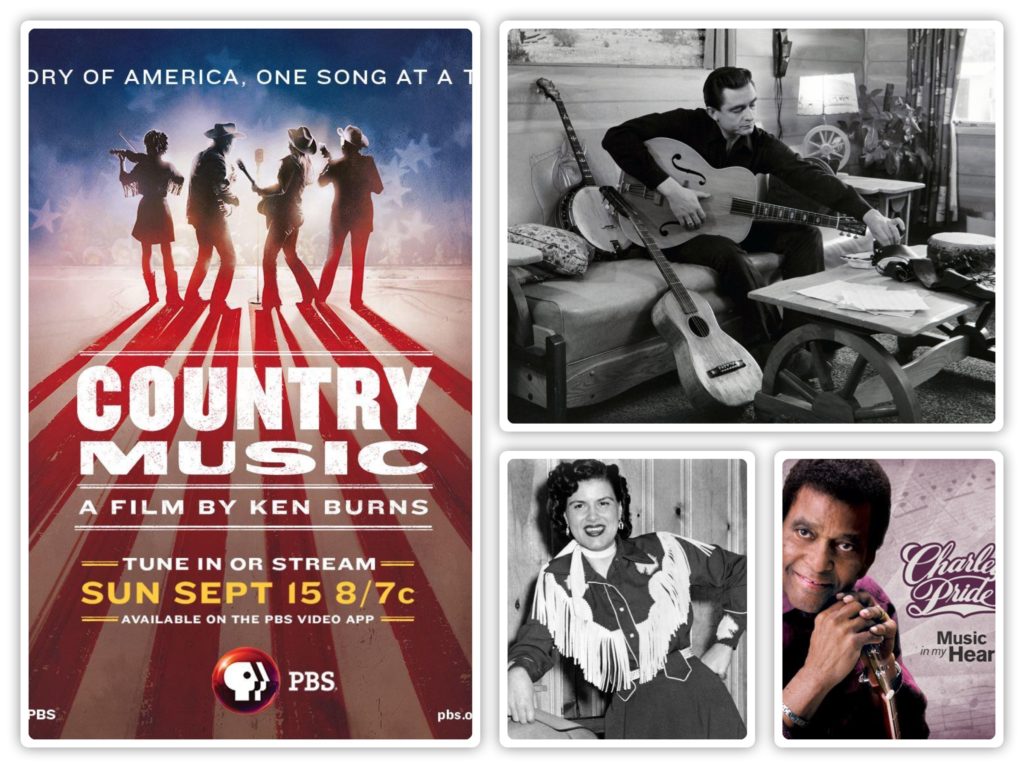
I wrote about this new series by Ken Burns back in March. I anticipated it would be good. But WOW, it’s fantastic.
Whether you’re a fan of country music or not, this series is worth watching because of the lens through which you see the American experience of the time.
Life was shockingly harsh. And it was not uncommon for kids under the age of 10 to be family breadwinners. Parents led tough lives, many died early. Men deserted their families, often leaving behind a brood of six or seven children.
Brenda Lee was supporting her mom and her siblings with her singing when she was seven years old. By the time she was ten, she was touring with a group of country musicians (including Patsy Cline).
Scroll down for the ten things I’ve learned so far.
10 things I’ve learned about country music:
Bob Wills, the King of Western Swing, was an innovator and a total wildman on stage.
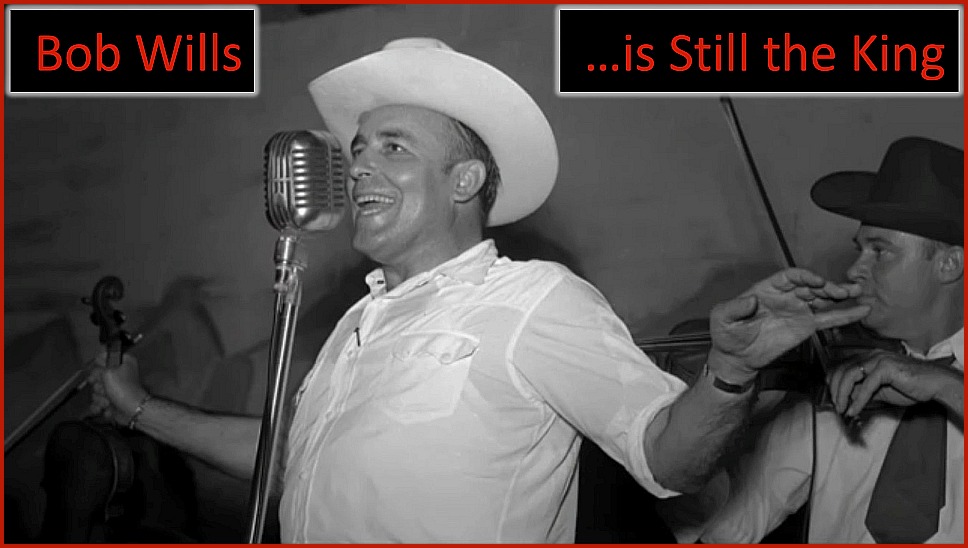
He left his home and family at age 16 to travel around the country on freight trains. He and his band, The Texas Playboys, were the first to play an amplified lead guitar on a country record and were largely responsible for making the steel guitar a staple of country music. Wills’s band also popularized drums among country musicians and pioneered the use of double lead guitars, which would become a fixture of rock bands in the coming decades. He was renowned for his on-stage antics and his iconic ‘ah-haaing’ holler.
Brenda Lee had a freakish voice for a 7-year old – especially when singing “Dynamite.”
Patsy Cline’s biggest hit, Crazy, was written by Willy Nelson (who had originally titled the song Stupid). He drove by her house at 1:30 in the morning and her husband brought her out to the car to listen to it. She recorded it and the rest, as they say, is history.
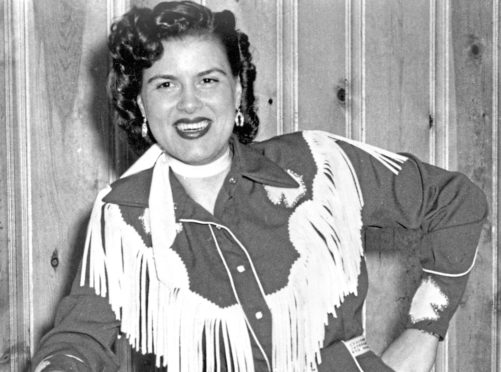
Patsy Cline died in a plane crash after a memorial service for a popular country radio DJ. She was so successful by this time, she had a 4-seater plane piloted by her manager. Unfortunately, he was not trained to fly by instrument and in a storm, the plane crashed killing all aboard.
Elvis Presley gets really short shrift in the episodes I’ve seen so far – he’s barely a footnote in country music’s history. Perhaps because he bombed on his first and only appearance at the Grand Ole Opry.
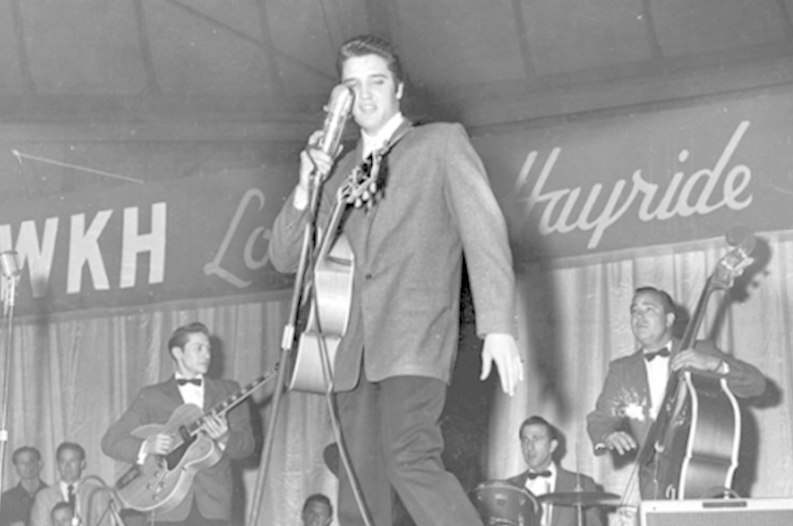
Johnny Cash played a concert at San Quentin State Prison — with an inmate named Merle Haggard in the audience. Haggard was in for burglary and had attempted to escape 15 times. After hearing Cash, he was inspired to write music and straighten up his life.
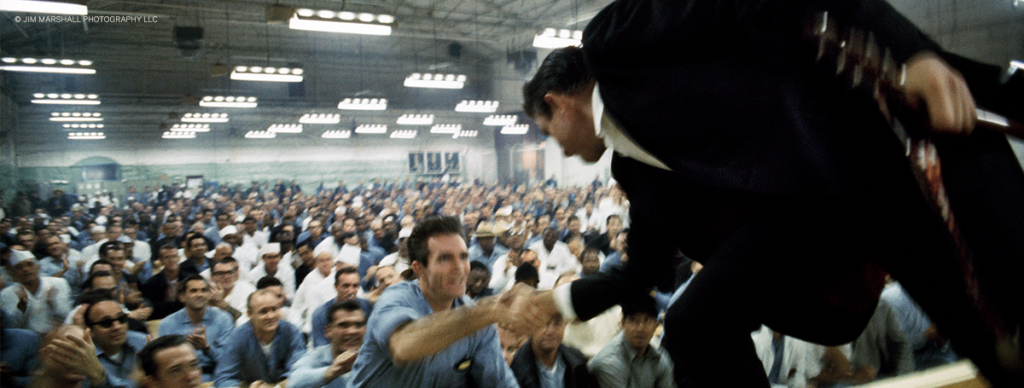
Hank Williams was known as the Hillbilly Shakespeare (and a horrible drunk).
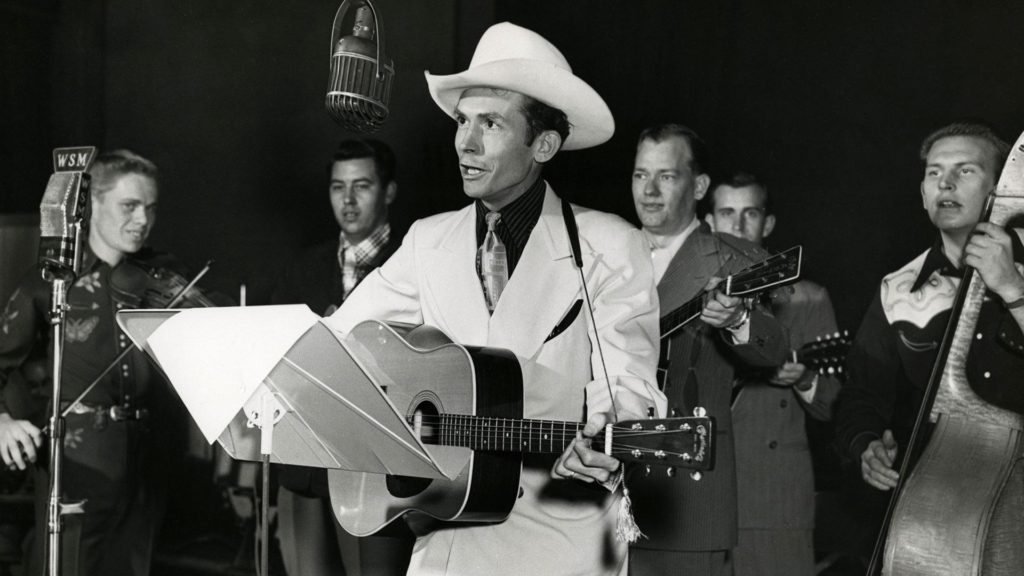
Paul Simon was so bowled over by the Everly Brothers’ “Bye Bye Love” when he first heard it on the radio, he took a bus an hour each way to get to a record store to buy the album. After accidentally scratching it on his first listen, he set off again, that same day, on another 2-hour bus trip to buy a new copy.
“Race” music and “race records” were terms used to categorize all types of popular music recorded by and marketed to black Americans. Reflecting
Charlie Parker was a huge fan of country music. When asked
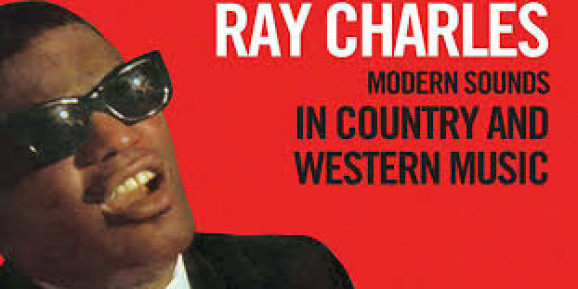
Bottom Line.
I could watch this every night. And there have been a few nights when I have watched it not once, but twice. It’s that good!
